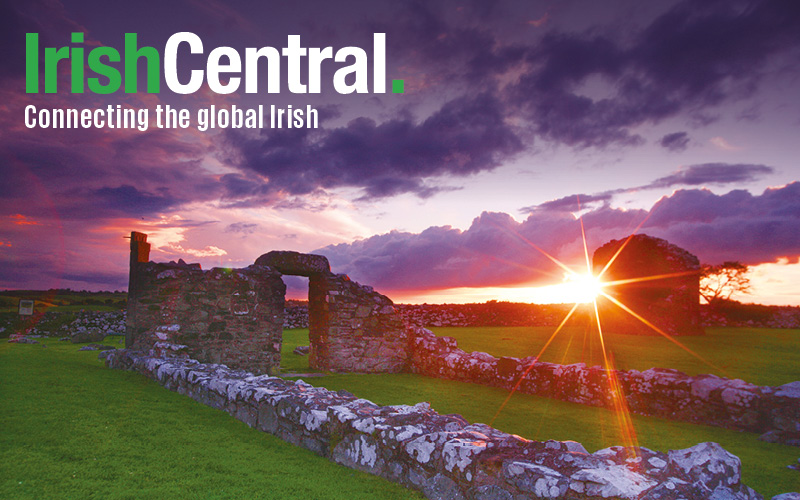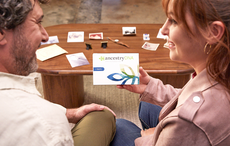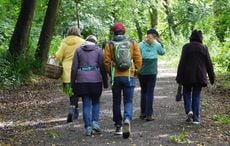Findmypast is working in partnership with IrishCentral to share fascinating insights into your Irish ancestors. Click here to get a special half price subscription, and discover your Irish roots today!
Anyone who has spent time tracing Irish ancestors, be they professional or amateur, has at one time wrestled with the tangle of place-names and districts in the island of Ireland. Thankfully, help is at hand, in the form of a book by renowned County Derry genealogist Brian Mitchell, published by the Genealogical Publishing Company.
Suitably titled A New Genealogical Atlas of Ireland, 2nd edition, this book is an essential guide for all Irish family history researchers.
Records made by churches, or by central or local government in Ireland, all used different administrative districts. The Atlas helps the researcher to identify the different districts, with the ultimate aim of tracing relevant records.
The original Atlas set out maps of the administrative divisions used by the central government in the 32 counties of Ireland. These included the Civil Parish and Barony framework, and the Poor Law Unions first introduced into Ireland in the 1840s.
The 2nd edition of the Atlas sees the addition of maps of the Roman Catholic parishes in each county; and of Presbyterian congregations for the nine counties of the historic province of Ulster (Antrim, Armagh, Cavan, Donegal, Down, Fermanagh, L’derry, Monaghan, Tyrone). Church of Ireland parishes correspond approximately to civil parish boundaries, so were already traceable in the first edition.
The maps that show church boundaries in this new edition of the Atlas, allows the reader to easily flick between the civil and Roman Catholic maps and often quickly identify the corresponding parish in each case. It can also offer a guide to the scale of a potential project. For instance if you only know that your ancestors were Catholic and came from Galway, a quick glance at this book will show they could have been baptised in any one of 77 Catholic parishes.
These maps are essential to identifying a parish or congregation, and ultimately parish registers of baptisms, marriages and burials.
For more stories on tracing your Irish heritage from Findmypast click here.




Comments